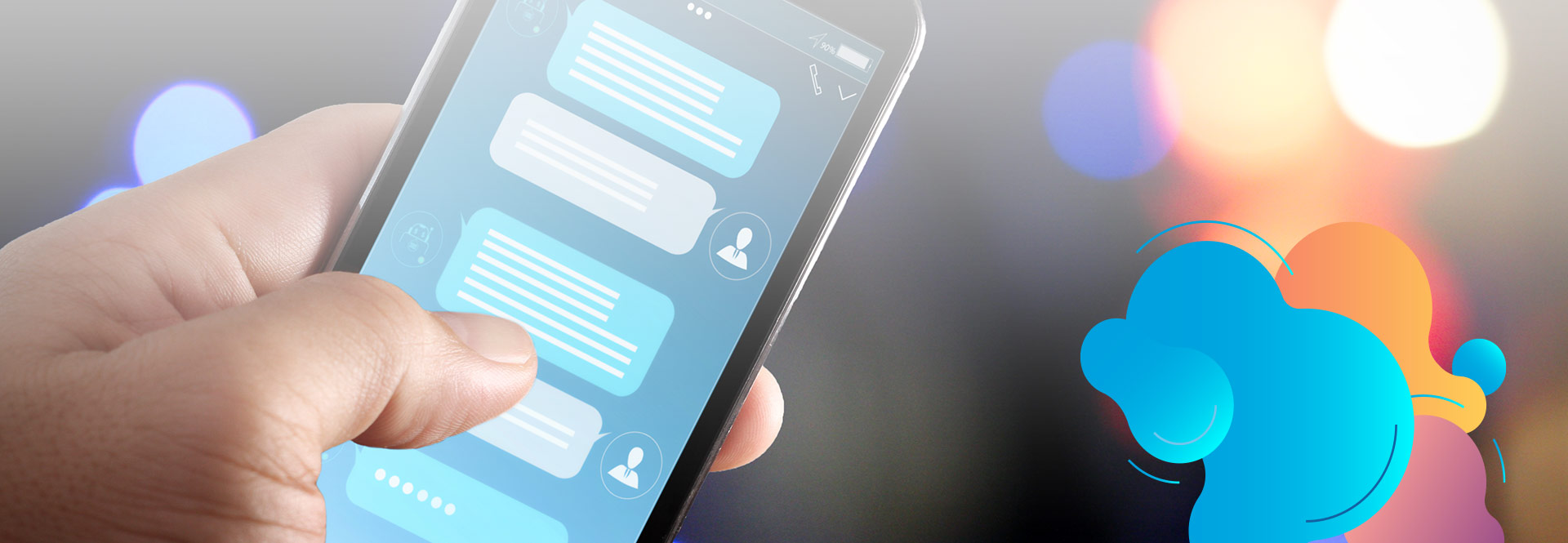
Regardless of the industry you’re in, you probably already know that the customer experience is the key to success.
More than any other factor, the convenience, practicality, and speed of service you can provide your customers will determine whether they become loyal advocates or frustrated naysayers. In a world where consumers have more opportunities to share their negative thoughts about a company than ever before, one bad experience can destroy the reputation of your entire business.
Part of delivering a phenomenal customer experience is engaging your audience through the right channels. Unfortunately, there’s a lot of debate about which channels businesses should actually use. Most companies don’t have the budget or time to make sure their employees are accessible everywhere.
So, do you go for the traditional voice calls or do you invest in the new opportunities that chat offers? Let’s find out.
The Benefits of Calling over Chat
Since the 1960s, the telephone has been the primary service channel for most conversations between brands and consumers. However, that is beginning to change rapidly. Today, 75% of Millennials say they’d rather give up the ability to make a phone call than the ability to text.
Phone support has a number of weaknesses. Not only is it far from a preferred option for most consumers to call, but it’s also not particularly cost-effective. In a business environment, phone support staff can only answer one call at a time and support a single customer. That means you need more staff to handle a larger volume of contacts.
Not to mention that even with a reasonable number of employees, you may suffer from long queues and long wait times at peak times. Another problem is that phone calls aren’t always recorded and documented as well as they should be.
So why do companies still use telephones at all? It’s simple: they still have value. 95% of customers say they still want the opportunity to speak with an employee in person, even if they won’t use that option.
Phone calls also enable:
- Personal, human connections: Phone interactions capture the emotions, tone, and inflection of the speaker. This can help build a personal relationship between an agent and a customer. Also, it can pave the way for better relationships in the long run.
- Better management of complex issues: When faced with a complicated problem, most customers would prefer to call and speak directly with an agent.
- Instant responses: Although customers may have to wait on hold for a call to be answered, they can usually resolve their concerns the same day. On the other hand, it might take longer for agents to resolve chat messages completely.
- Data insights: Many phone systems allow companies to collect valuable data about customers, figuring sentiment from the tone of voice, and capturing other important details. It’s also possible to track information about call handling and quality.

The Benefits of Chat over Calling
Although the importance of making phone calls in the contact center hasn’t completely disappeared, phone calls are certainly less popular than they used to be. In fact, some studies show that businesses that use chat services are 2.8 times more likely to convert customers.
Chat comes in several varieties to suit virtually any business need. Businesses can offer asynchronous chat services during the day so employees can handle multiple questions at once, and then switch to chatbots when customers aren’t available. In particular, “asynchronous” chat has some serious advantages for brands.
Is asynchronous chat the hidden gem?
With asynchronous chat, employees don’t have to answer every question immediately. Instead, they can handle one question at a time, depending on its importance. This means that companies can ensure that the most pressing issues are addressed first. Also, with asynchronous chat, customers don’t have to wait at the end of the phone line for a call to be answered.
Customers can send a message to a team and simply get a response as soon as someone is available. This ensures that individuals can continue with other tasks while waiting for a resolution or response. Perhaps most importantly, asynchronous chat gives companies the ability to respond to the belief that businesses today should be available 24/7.
Even if an employee isn’t available to answer a message right now, a customer can still reach out, voice their concern, and put the issue in your hands. This takes some of the stress off your customer. In some cases, chatbots and AI assistants can help customers resolve their issues without waiting for an available agent.
The key benefits of chat in the contact center include:
- 24/7 Service: Companies can combine asynchronous chat with chatbots and virtual assistants to provide customers with constant answers to their questions. Customers can ask their questions immediately and then get on with their lives without having to wait for a response. They also often get answers a lot faster
- Improved employee experience: Great customer experience starts with a good employee experience. If your employees are overwhelmed and stressed by endless calls, they’re more likely to rush service, damaging the customer relationship. Asynchronous chat reduces stress levels and keeps teams happy.
- Better customer experience: With a normal phone call, a customer must wait on hold for their call to be answered, often without the opportunity to do anything else. With a chat system, they can continue their day with relative ease and simply receive a message when a representative is available. This makes life much more convenient for most customers.
- Reduced repetition: Chat is a great way to consistently log conversations between your customers and your employees. When someone picks up the chat, he doesn’t have to start from scratch and ask the customer about his problems. He can review previous messages and CRM data and gather more details before starting the conversation. This leads to faster resolutions and less repetition.
- Improved productivity: Even if a customer decides to start a customer service exchange with a chatbot, it provides useful information that your employees can pick up later. When an employee takes over the conversation, they have all the information they need to provide an appropriate response. Employees can run troubleshooting tests and find information about an issue before answering the question to get almost instant results.
- Fewer transfers: With a chat system, it’s easy to deliver customer questions and queries directly to the agent with the right skills for the task. An agent can work with another agent on the back end of the system to get answers to a question. This way customers don’t have to be passed from one agent to the next. This streamlines conversations and reduces customer frustration.
- Better rapport: A chat system can easily store information about previous conversations with a customer in a CRM or database. Consequently, it’s easy to gain behind-the-scenes insight into each of your customers. This means that company employees can have a better experience by tailoring the conversation to the needs of the business.
Which is Better: Calling or Chat?
Overall, chat offers today’s customers and teams many more benefits than the average phone call system. It’s more streamlined and effective, helping to improve the customer and employee experience simultaneously. Asynchronous chat helps reduce agent frustration, strengthen customer relationships, and improve productivity.
However, that doesn’t mean calls should be ignored entirely. Rather, the best customer service is usually delivered on an omnichannel basis. While many companies start with chat as a core part of their strategy, they’ll likely still include the option of calling in case the conversation needs to be escalated. Fortunately, Cempresso Digital Customer Service makes it easy to create a workflow that works for any customer base.
Reach out to Bulb Technologies and leverage Cempresso. Cempresso makes it quick and easy to set up powerful asynchronous chat workflows, complete with access to data insights, custom integrations, and powerful AI chatbots. You can even include the option to escalate a chat into a call without losing previously collected data about customers.
Are you ready for transition to digital?
Contact us and leverage our Cempresso platform to deflect 25% of calls to digital customer service



